Louisiana State University - SOCL 2001sociology test bank
Document Content and Description Below
Chapter 1 Multiple Choice 1. As defined by C. Wright Mills, which of the following “enables us to grasp history and biography and the relations between the two within society”? a. formal soci... ology b. sociological imagination c. microsociology d. macrosociology ANS: B DIF: Easy REF: Page 5 TOP: Factual OBJ: Sociological Imagination 2. Feeling discomfort about rural Chinese society, where many generations of a family sleep in the same bed, is known as: a. xenophobia. b. Verstehen. c. social identity. d. social ecology. ANS: A DIF: Moderate REF: Pages 6–7 TOP: Applied OBJ: Sociological Imagination 3. How does the textbook author use dialogue from Pulp Fiction, in which the characters discuss how in Holland people put mayonnaise on their french fries? a. to introduce the sociology of film b. to explain the sociological imagination c. to explain social institutions d. to define formal sociology ANS: B DIF: Easy REF: Page 7 TOP: Applied OBJ: Sociological Imagination 4. A female manager is attempting to climb her way to the top of the corporate ladder. She works as hard, if not harder, than her male colleagues, but nothing she seems to do helps her advance. She begins to notice that males are being promoted, but females tend to be overlooked for advancements. The realization that many women in her circumstance are experiencing the same discrimination is an example of: a. anomie. b. Verstehen. c. sociological imagination. d. social cohesion. ANS: C DIF: Difficult REF: Page 5 TOP: Applied OBJ: Sociological Imagination 5. Sociologists and economists have shown that the benefits of higher education include higher median incomes for college graduates. This is known as: a. educational investment. b. the returns to schooling. c. study hard or be poor. d. get an education; get a job. ANS: B DIF: Moderate REF: Page 8 TOP: Factual OBJ: Returns to Schooling 6. After doing some sociological math, what is the net difference between the annual earnings of the average high school versus college graduate? a. about $5,000 per year b. about $10,000 per year c. about $15,000 per year d. about $50,000 per year ANS: C DIF: Difficult REF: Page 9 TOP: Conceptual OBJ: Returns to Schooling 7. According to Randall Collins’s (1979) research, the expansion of higher education is: a. mainly caused by the globalization of capitalism. b. likely caused by lessprepared high school students entering college. c. a result of credentialism and expenditures on formal education. d. a result of increasing governmental interference in educational funding. ANS: C DIF: Difficult REF: Page 11 TOP: Factual OBJ: Credentialism 8. According to research used to question credentialism, what might it cost to buy a college diploma online? a. $29.95 b. $99.99 c. $250.00 d. at least $1,000 ANS: A DIF: Moderate REF: Page 11 TOP: Factual OBJ: Credentialism 9. In today’s society, Randall Collins might suggest that getting a “piece of paper” is more important to many than actually having the knowledge to do a job. He calls the priority placed on formal education: a. secondary education. b. credentialism. c. normlessness. d. xenophobia. ANS: B DIF: Difficult REF: Page 11 TOP: Conceptual OBJ: Credentialism 10. All of the following are examples of social institutions used to prevent websites from undermining colleges’ degreeconferring abilities EXCEPT: a. copyright law. b. police forces. c. employers. d. families. ANS: D DIF: Easy REF: Page 11 TOP: Factual OBJ: Social Institutions 11. Which of the following is defined as a set of stories embedded within a social network about the standard ways a society meets its needs? a. a social identity b. a social institution c. a theory d. anomie ANS: B DIF: Moderate REF: Page 12 TOP: Factual OBJ: Social Institutions 12. The author of your text states that the most agesegregated social institution in our society is: a. a hospital. b. a mental institution. c. a prison. d. a fouryear college. ANS: D DIF: Easy REF: Page 12 TOP: Factual OBJ: Social Institutions 13. A family, as a group of people living together sharing individual stories, makes up a(n): a. social institution. b. conflict institution. c. anomic institution. d. creative institution. ANS: A DIF: Difficult REF: Page 13 TOP: Conceptual OBJ: Social Institutions 14. The Phillip Morris Company changed its name to Altira in an attempt to start a new: a. line of cigarettes. b. defense against law suits. c. social identity. d. multinational company. ANS: C DIF: Moderate REF: Page 13 TOP: Factual OBJ: Social Identity 15. The “grand narrative” that constitutes a social identity: a. is nothing more than a sum of individual stories told between pairs of individuals. b. remains the same throughout time. c. can only be defined by the individual him or herself. d. is best displayed online on MySpace and Facebook. ANS: A DIF: Moderate REF: Page 13 TOP: Conceptual OBJ: Social Identity 16. As a formal field, sociology is a relatively ____________ discipline, as discussed in Chapter 1. a. old b. established c. young d. conservative ANS: C DIF: Easy REF: Page 15 TOP: Factual OBJ: Early Sociological Theory 17. Who was the author of the first methods book in the discipline of sociology? a. Emile Durkheim b. Harriet Martineau c. Jane Addams d. Max Weber ANS: B DIF: Moderate REF: Page 18 TOP: Factual OBJ: August Comte and Harriet Martineau 18. In the book How to Observe Morals and Manners, the institution of marriage is criticized as: a. based on an assumption of the inferiority of women. b. based on an assumption of the inferiority of men. c. reinforcing compulsory heterosexuality. d. perpetuating social class stratification. ANS: A DIF: Moderate REF: Page 18 TOP: Factual OBJ: August Comte and Harriet Martineau | Feminist Theory 19. Which of the following sociologists developed the theory of positivism? a. Auguste Comte b. Emile Durkheim c. Karl Marx d. Max Weber ANS: A DIF: Moderate REF: Page 15 TOP: Factual OBJ: Positivism 20. Positivism is best defined as: a. the idea that we can scientifically and logically study social institutions and the individuals within them. b. the effect of religion on social institutions and the individuals within them. c. the study of the symbolic interactions between social institutions and the individuals within them. d. the relationship between scientific and religious social institutions. ANS: A DIF: Difficult REF: Page 16 TOP: Factual OBJ: Positivism 21. According to Comte, positivism arose out of a need to make ____________ sense of the social order in a time of declining religious authority. a. scientific b. moral c. rational d. economic ANS: B DIF: Moderate REF: Page 16 TOP: Factual OBJ: Positivism 22. The person that is often considered to be the founding father of positivism is: a. Émile Durkheim. b. Karl Marx. c. Georg Simmel. d. George Herbert Mead. ANS: A DIF: Moderate REF: Page 23 TOP: Factual OBJ: Positivism 23. All of the following are known as the three epistemological stages of human society, as explained by Comte, EXCEPT: a. the theological stage. b. the metaphysical stage. c. the scientific stage. d. the postscientific stage. ANS: D DIF: Easy REF: Pages 16–17 TOP: Factual OBJ: Epistemological Stages 24. Which of the three historical epistemological stages of human society did Comte explain was highlighted by Enlightenment thinking such as Rousseau’s, Mill’s, and Hobbes’s beliefs in biological causes for human behavior? a. the theological stage b. the metaphysical stage c. the scientific stage d. the postscientific stage ANS: B DIF: Moderate REF: Page 17 TOP: Factual OBJ: Epistemological Stages 25. Which of the three historical epistemological stages of human society did Comte claim was characterized by the development of social physics to explain human behavior? a. the theological stage b. the metaphysical stage c. the scientific stage d. the postscientific stage ANS: C DIF: Moderate REF: Page 17 TOP: Factual OBJ: Epistemological Stages 26. Which of the three historical epistemological stages did Comte argue would explain human society by consulting the Bible or other religious texts? a. the theological stage b. the metaphysical stage c. the scientific stage d. the postscientific stage ANS: A DIF: Moderate REF: Page 16 TOP: Factual OBJ: Epistemological Stages [Show More]
Last updated: 1 year ago
Preview 1 out of 300 pages
Instant download
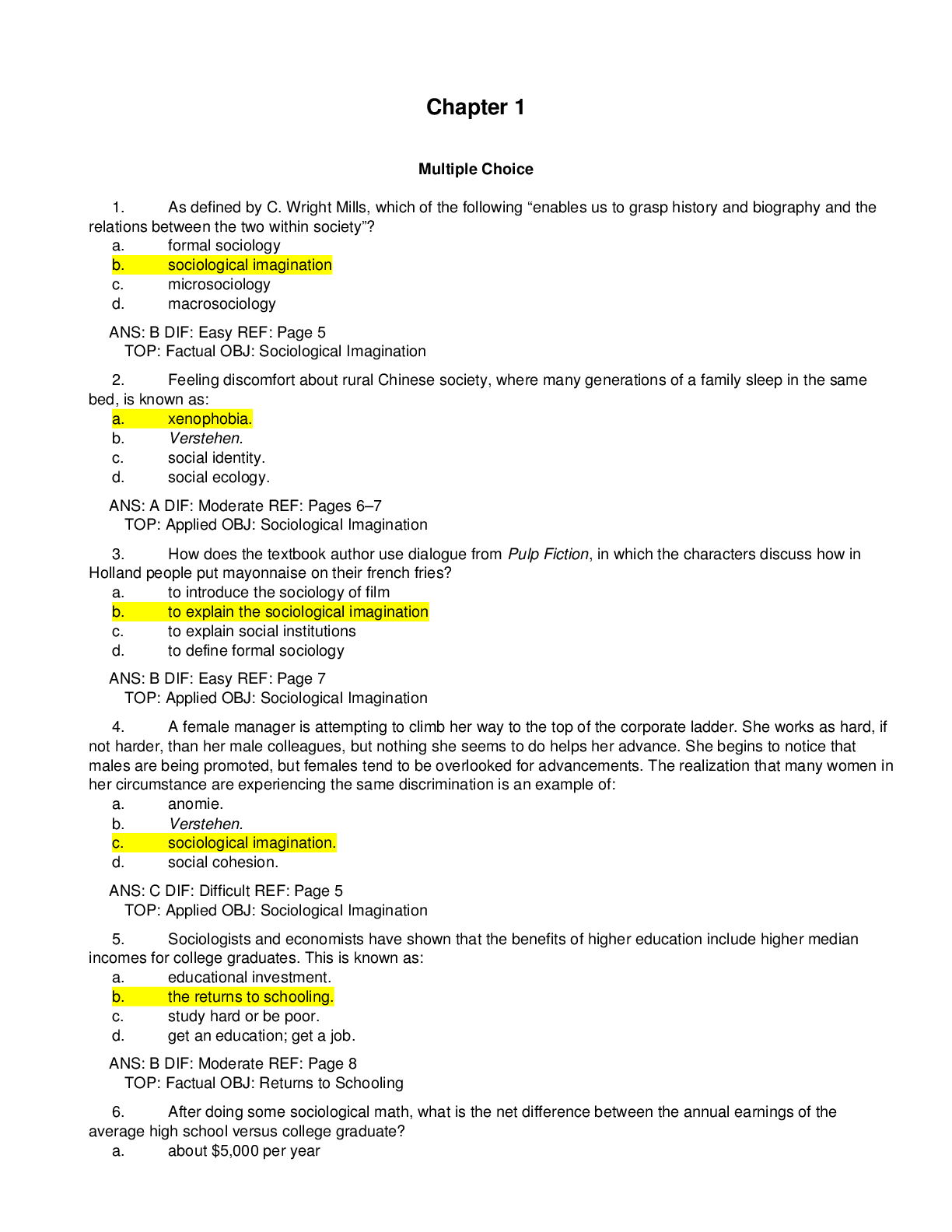
Buy this document to get the full access instantly
Instant Download Access after purchase
Add to cartInstant download
Reviews( 0 )
Document information
Connected school, study & course
About the document
Uploaded On
Mar 28, 2021
Number of pages
300
Written in
Additional information
This document has been written for:
Uploaded
Mar 28, 2021
Downloads
0
Views
48

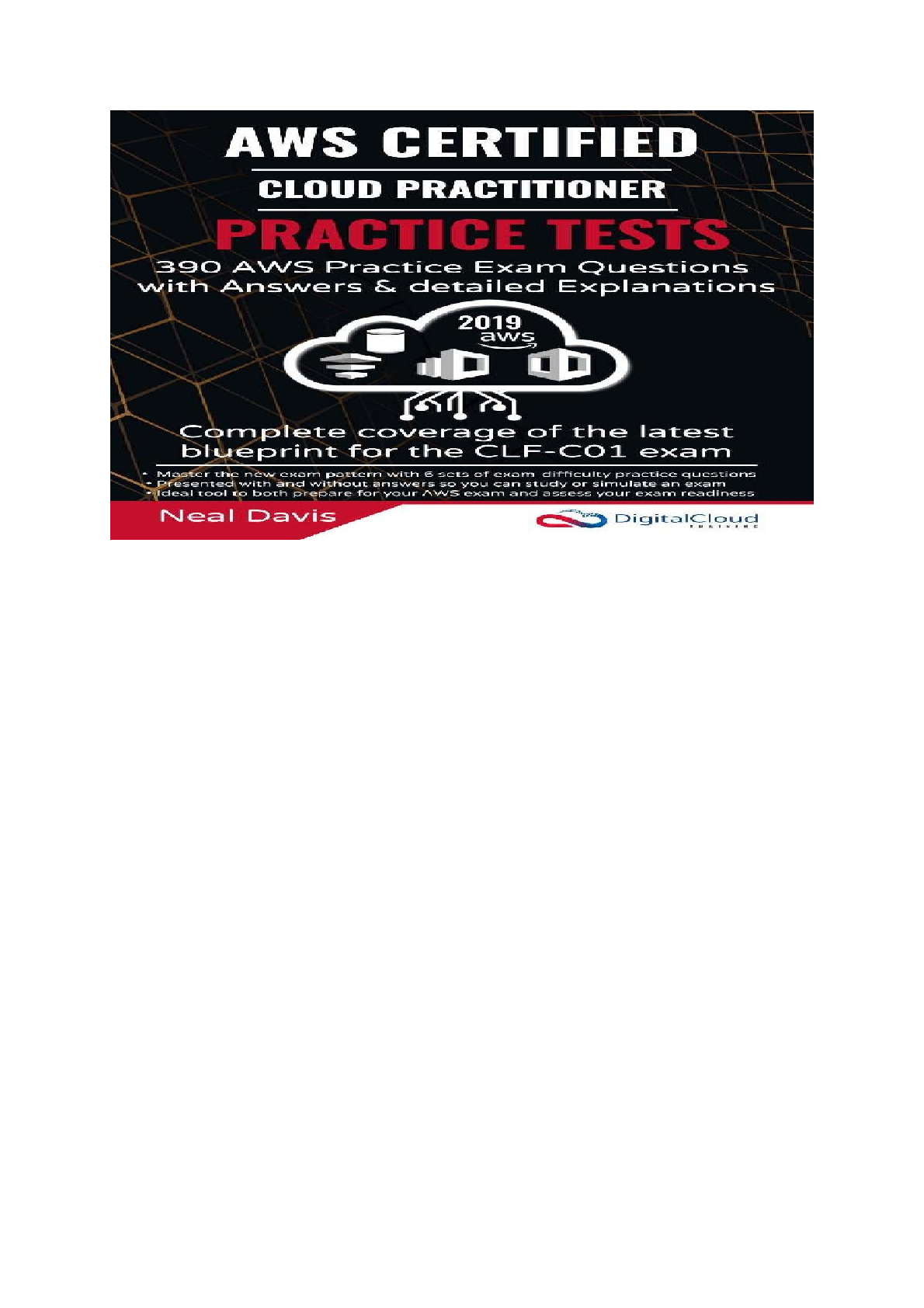
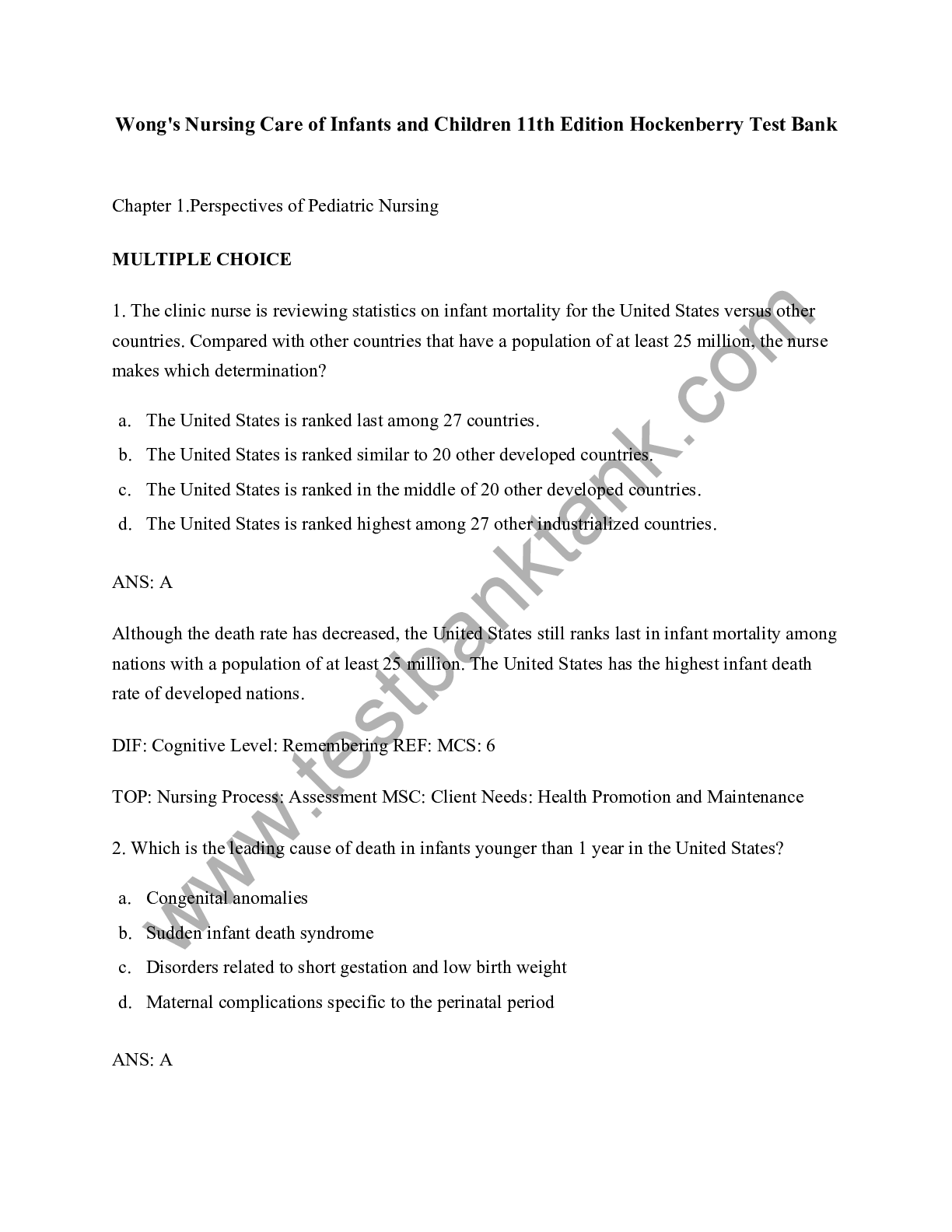
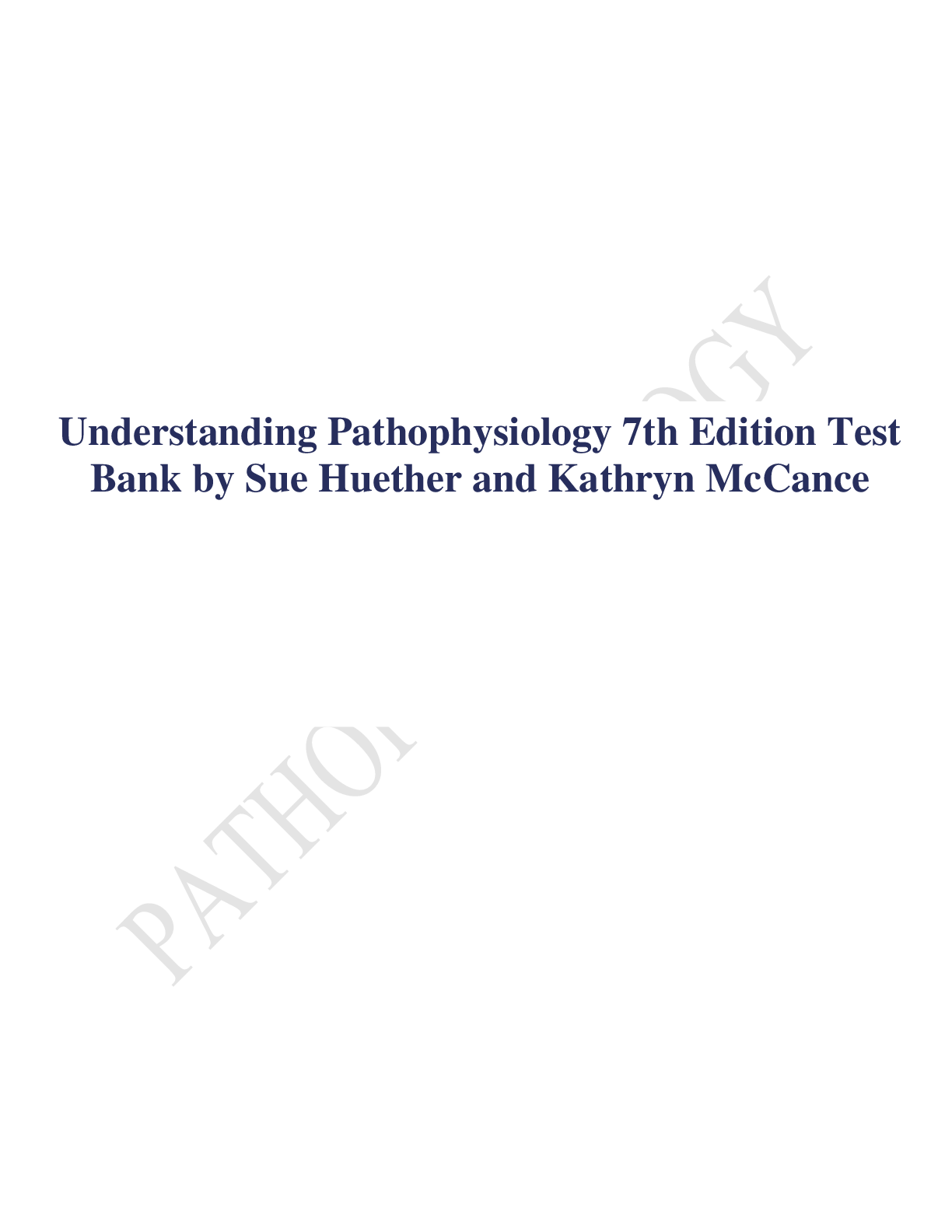
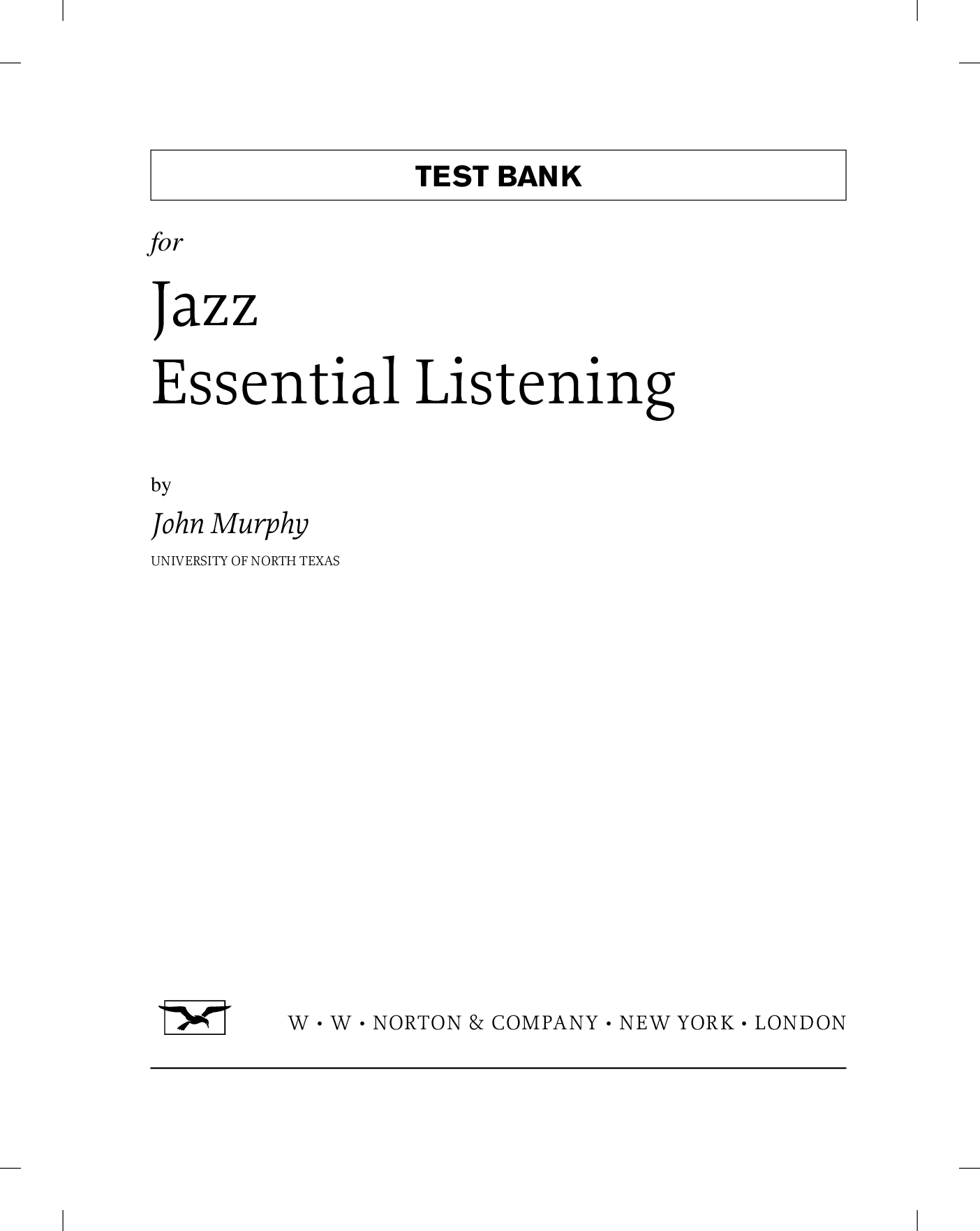

.png)



